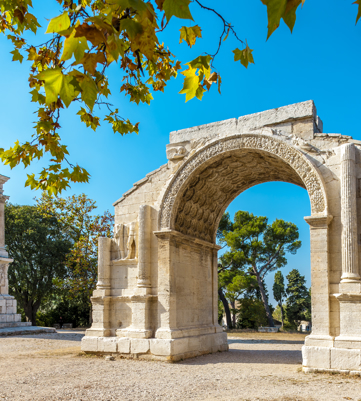
Classics school trips to Provence
Nestled in the picturesque southwest region of France, Provence has some of the most extensive and best-preserved Roman remains in Europe. This legacy traces back to the era of Augustus, the formidable Roman emperor of the 1st century AD, who strategically stationed his troops in the area to safeguard the empire's borders.
On a classics focused school trip to Provence, you'll visit all the incredible sights this region has to offer. From the impressive amphitheatre and Maison Carrée in Nîmes, to the impressive archaeological sites in Orange, Arles, and Saint-Rémy-De-Provence, your students will venture back two thousand years, learning about the lives and achievements of the Romans and how they shaped our lives today.
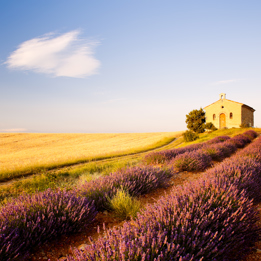
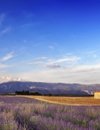
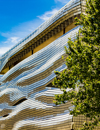



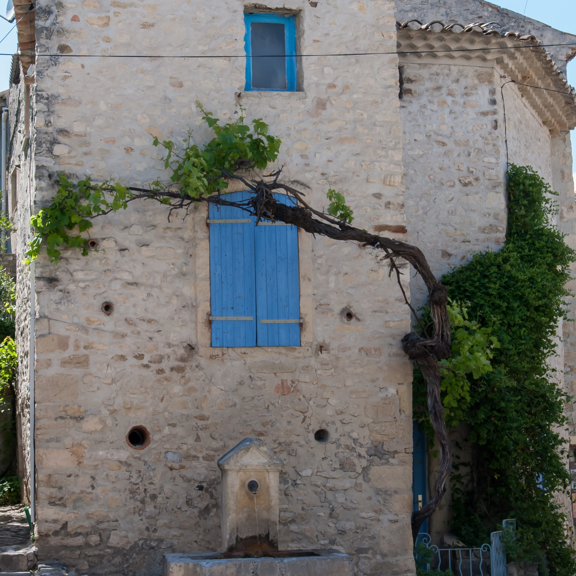
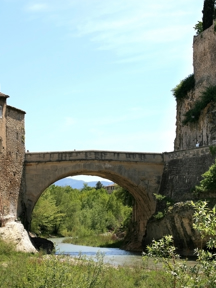
















SUGGESTED ITINERARIES
- Depart the UK and travel by plane to Montpellier
- Transfer to Nimes
- Own arrangements for lunch
- Nimes: Maison Carrée, Temple of Diana, Tour Magne, Romanite Museum
- Evening meal at accommodation
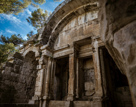
- Breakfast at accommodation
- Orange: Theatre, Museum and Arc de Triomphe
- Own arrangements for lunch
- Pont du Gard & Museum
- Evening meal at accommodation
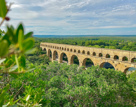
- Breakfast at accommodation
- Archeological Site of Glanum
- Own arrangements for lunch
- Arles: Amphitheatre, Museum, Baths of Constantine
- Evening meal at accommodation
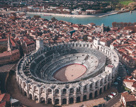
- Breakfast at accommodation
- Nimes Ampitheatre
- Own arrangements for lunch
- Depart Nimes for return to the UK
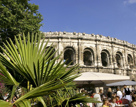
Features
ACCOMMODATION
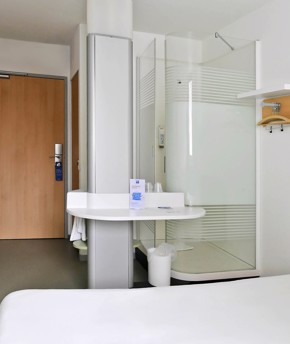
Conveniently located near the train station and a short walk from the old town, this clean, modern hotel is a great base for groups looking to explore Nîmes and the wider area.
- Excellent location
- Comfortable en suite rooms
- Free Wi-Fi
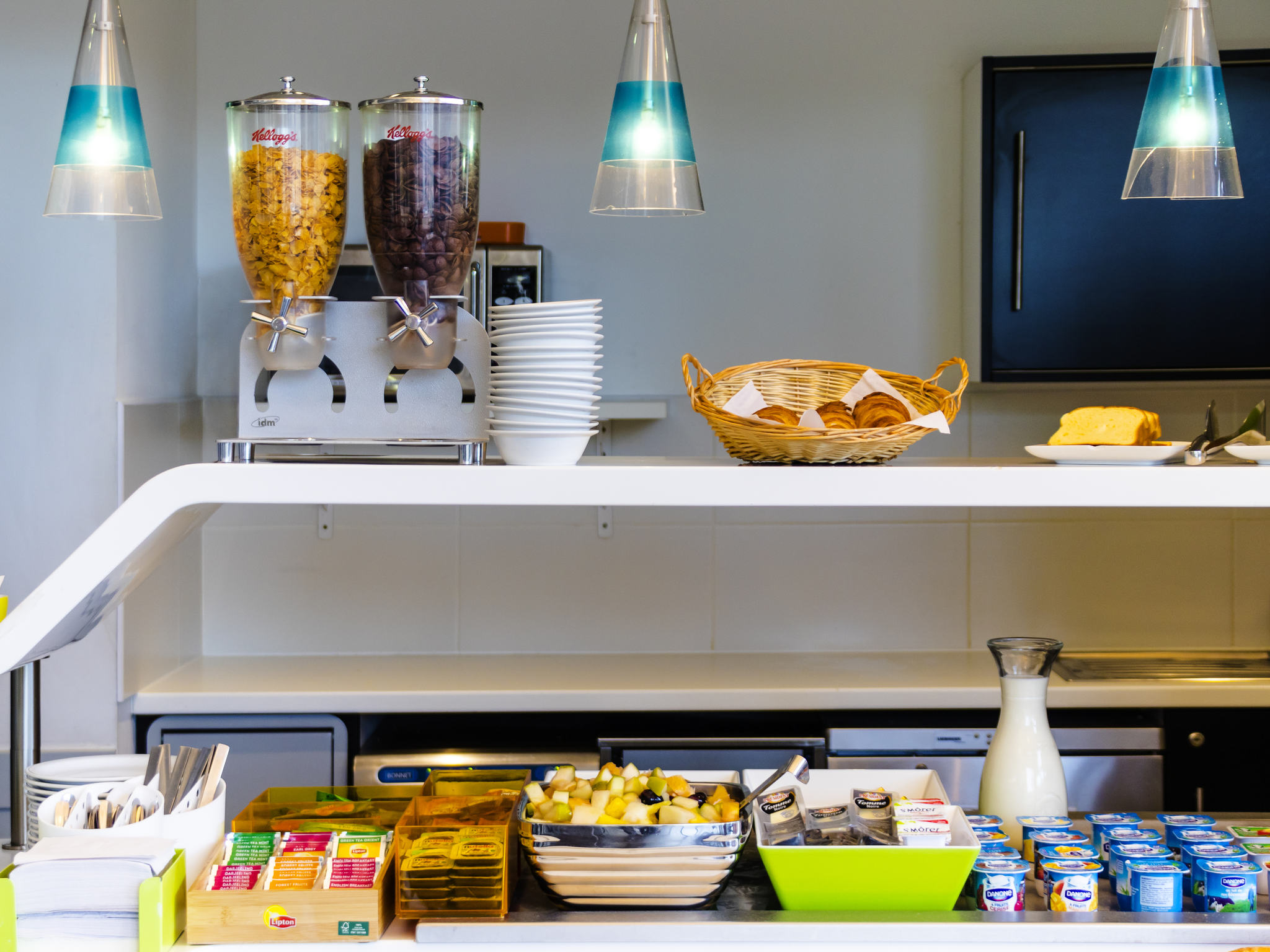
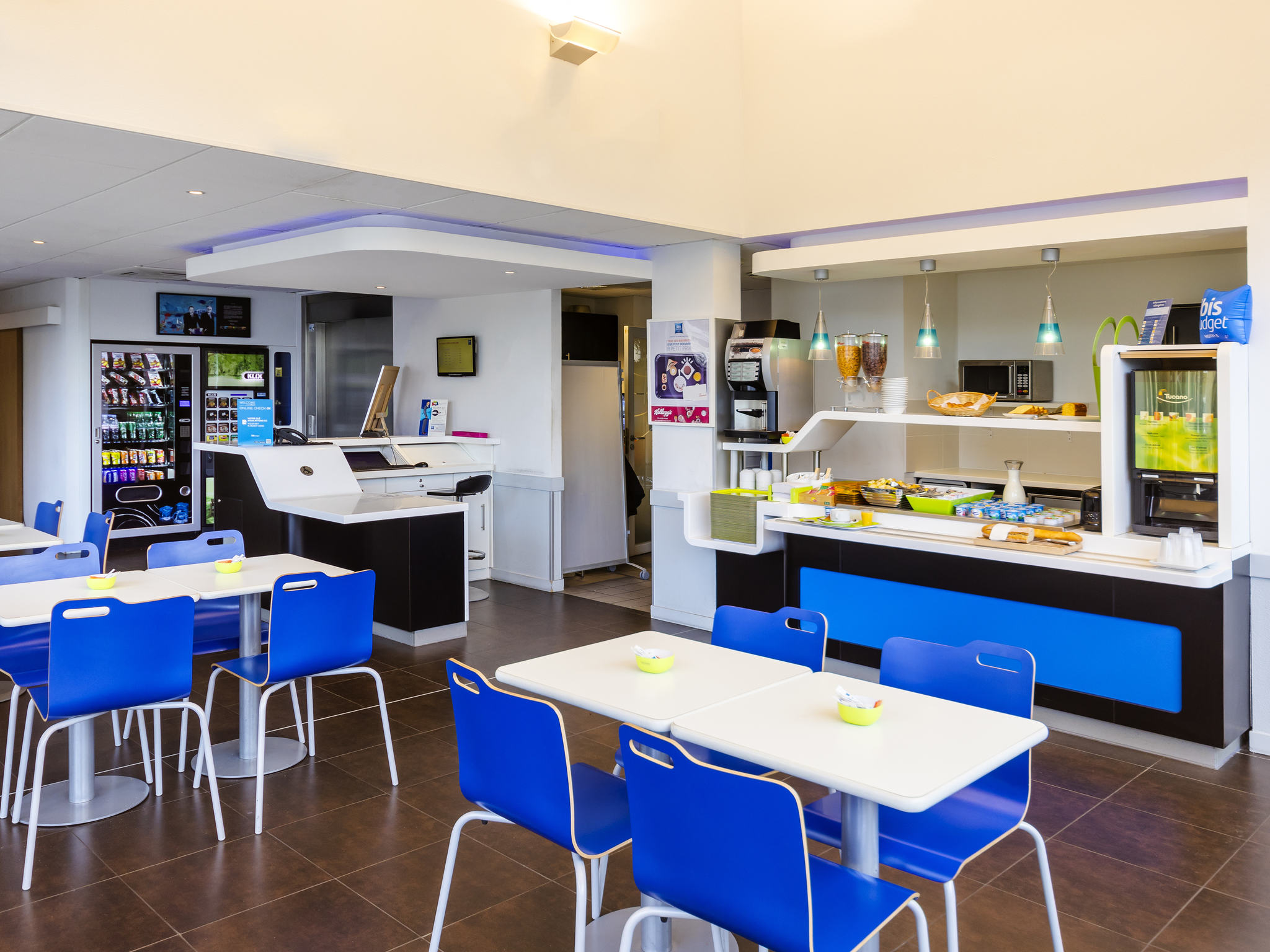

Conveniently located near the train station and a short walk from the old town, this clean, modern hotel is a great base for groups looking to explore Nîmes and the wider area.
- Excellent location
- Comfortable en suite rooms
- Free Wi-Fi


Excursions
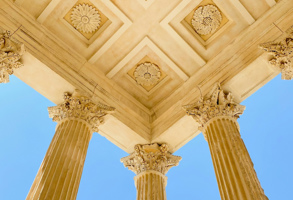
Maison Carrée (Nimes)
One of the best-preserved Roman temples in the world, Maison Carrée is a remarkable excursion for Classics students. The temple is known for its impressive architectural design, characterised by its rectangular shape and its iconic Corinthian columns. Built around 16 BC, it was initially dedicated to the grandsons of Emperor Augustus, but later served other purposes as a church and a town hall.
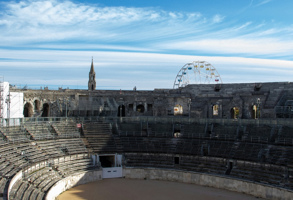
Nimes Amphitheatre
The awe-inspiring Nîmes Amphitheatre is one of the best preserved Roman amphitheatres in existence today. Built in the first century AD, the amphitheatre held more than 24,000 spectators, who would turn up to watch gladiatorial games and events. As students walk through the arena's multitude of labyrinthine corridors and levels, they'll be able to imagine the excitement and the roar of the crowd.
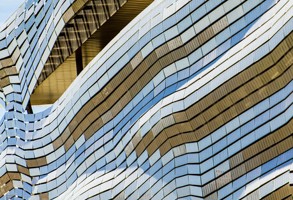
Romanite Museum (Nimes)
Dive into the rich history of the Roman Empire at the Romanite Museum, with its impressive collection of Roman artefacts, stunning sculptures, intricate mosaics, and well-preserved ancient pottery. The exhibits here provide valuable insights into the daily life, art, and architecture of the Roman era. The museum is also housed in a beautiful building, blending modern design with ancient Roman influences.
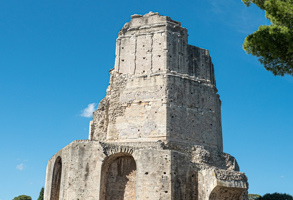
Tour Magne (Nimes)
Dating back to the 1st century, the Tour Magne is a remarkable example of Roman engineering and offers panoramic views of the city. While the tower was originally part of the city's fortifications, it today serves as a symbol of the city's rich history and heritage.

Temple of Diana (Nimes)
A remarkable historical site in Nimes, the "Temple of Diana" showcases the architectural prowess of the ancient Romans. Though the structure is named after the Roman goddess, there is no archaeological or literary evidence for its dedication to her; similarly, its basilica-like floor plan argues against it being a temple (it's been suggested that it was used as a library or monastery). That said, its complex facade stands as a testament to the grandeur and sophistication of Roman engineering.

Arles Amphitheatre
Of the eight monuments in Arles listed as UNESCO World Heritage sites, the Roman amphitheatre is undoubtedly the most emblematic. Built in 90AD, the arena would accommodate up to 21,000 spectators for gladiatorial games. With its circular inner and outer galleries, horizontal passageways and alternating staircases, the amphitheatre is an ingenious example of Roman construction. The building is also surprisingly large, measuring over 130m in length.

Pont du Gard Roman Aqueduct
Standing at 49 meters, the UNESCO-listed Pont du Gard is the highest Roman aqueduct bridge in the world. Built by the Romans in the 1st century AD, the bridge crosses the river Gardon, and marks the path the ancient Romans used to carry water over 50 kilometres to Nemausus (Nimes). Nearly a thousand men worked on this colossal project, and completed it in just 5 years.
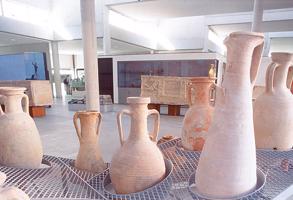
Arles Antique Museum
Built near the remains of the Roman circus in Arles, the Arles Antique Museum sits in a picturesque location on the banks of the Rhone. With exhibits including beautifully preserved mosaics, statues, and everyday objects from the Roman period, the museum provides an abundance of fascinating material for students interested in ancient history and archaeology.
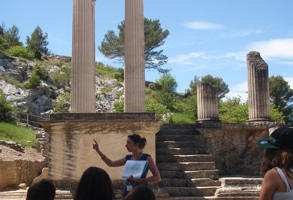
Archeological Site of Glanum
At the heart of the magnificent Alpilles mountains, the archaeological site at Glanum features the remains of an important Roman settlement that prospered from the 6th century BC to the third century AD. This fascinating site includes the ruins of both civic and religious edifices, and is unique in Provence.
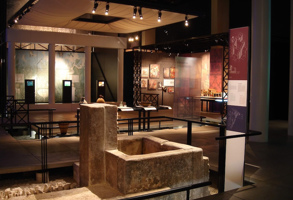
Pont du Gard Museum
Explore the significance of water in Roman society at this museum, where your students will be led through scenes of daily life as they learn about the construction and use of the highest Roman bridge in the world. Through an immersive scenography, you'll be transported back in time, allowing you to fully immerse yourself in the sights and sounds of this remarkable era.
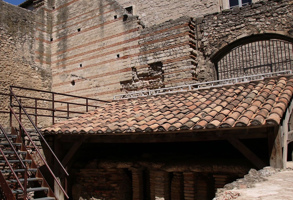
Baths of Constantine (Arles)
An ancient Roman bath complex, the Baths of Constantine offer a glimpse into the daily life of the Roman Empire while showcasing the advanced engineering and design skills of that era. The baths were a central part of Roman society, serving as a place for relaxation, socialising, and maintaining good health. On your visit, students can study the layout of the complex, and learn about the site's various rooms.
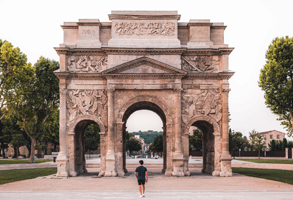
Orange Roman Theatre, Museum & Arc de Triomphe
Don't miss this trio of excursions when you visit the French commune of Orange. The town's Roman Theatre, a UNESCO site, is one of the most beautiful legacies left by imperial Rome, providing an outstanding testimony to antiquity. Also on the UNESCO list is the Arc de Triomphe, which served as the gateway to the Roman city of Arausio. Meanwhile, the nearby museum is housed in a private mansion and features creative and historical artefacts.
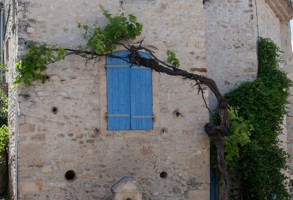
Vaison-la-Romaine
Nestled amid the hilly olive grove countryside of the Provence-Alpes-Cote d'Azur region of France, Vaison-la-Romaine is a town famous for its rich Roman ruins and cathedral. It's unusual in the way the town's departments lie close together: on one side of the Ouvèze, you'll find the "upper city" (Colline du Château) while the "lower city" (Colline de la Villasse) is located on the opposite bank.

Maison Carrée (Nimes)
One of the best-preserved Roman temples in the world, Maison Carrée is a remarkable excursion for Classics students. The temple is known for its impressive architectural design, characterised by its rectangular shape and its iconic Corinthian columns. Built around 16 BC, it was initially dedicated to the grandsons of Emperor Augustus, but later served other purposes as a church and a town hall.

Nimes Amphitheatre
The awe-inspiring Nîmes Amphitheatre is one of the best preserved Roman amphitheatres in existence today. Built in the first century AD, the amphitheatre held more than 24,000 spectators, who would turn up to watch gladiatorial games and events. As students walk through the arena's multitude of labyrinthine corridors and levels, they'll be able to imagine the excitement and the roar of the crowd.

Romanite Museum (Nimes)
Dive into the rich history of the Roman Empire at the Romanite Museum, with its impressive collection of Roman artefacts, stunning sculptures, intricate mosaics, and well-preserved ancient pottery. The exhibits here provide valuable insights into the daily life, art, and architecture of the Roman era. The museum is also housed in a beautiful building, blending modern design with ancient Roman influences.

Tour Magne (Nimes)
Dating back to the 1st century, the Tour Magne is a remarkable example of Roman engineering and offers panoramic views of the city. While the tower was originally part of the city's fortifications, it today serves as a symbol of the city's rich history and heritage.

Temple of Diana (Nimes)
A remarkable historical site in Nimes, the "Temple of Diana" showcases the architectural prowess of the ancient Romans. Though the structure is named after the Roman goddess, there is no archaeological or literary evidence for its dedication to her; similarly, its basilica-like floor plan argues against it being a temple (it's been suggested that it was used as a library or monastery). That said, its complex facade stands as a testament to the grandeur and sophistication of Roman engineering.

Arles Amphitheatre
Of the eight monuments in Arles listed as UNESCO World Heritage sites, the Roman amphitheatre is undoubtedly the most emblematic. Built in 90AD, the arena would accommodate up to 21,000 spectators for gladiatorial games. With its circular inner and outer galleries, horizontal passageways and alternating staircases, the amphitheatre is an ingenious example of Roman construction. The building is also surprisingly large, measuring over 130m in length.

Pont du Gard Roman Aqueduct
Standing at 49 meters, the UNESCO-listed Pont du Gard is the highest Roman aqueduct bridge in the world. Built by the Romans in the 1st century AD, the bridge crosses the river Gardon, and marks the path the ancient Romans used to carry water over 50 kilometres to Nemausus (Nimes). Nearly a thousand men worked on this colossal project, and completed it in just 5 years.

Arles Antique Museum
Built near the remains of the Roman circus in Arles, the Arles Antique Museum sits in a picturesque location on the banks of the Rhone. With exhibits including beautifully preserved mosaics, statues, and everyday objects from the Roman period, the museum provides an abundance of fascinating material for students interested in ancient history and archaeology.

Archeological Site of Glanum
At the heart of the magnificent Alpilles mountains, the archaeological site at Glanum features the remains of an important Roman settlement that prospered from the 6th century BC to the third century AD. This fascinating site includes the ruins of both civic and religious edifices, and is unique in Provence.

Pont du Gard Museum
Explore the significance of water in Roman society at this museum, where your students will be led through scenes of daily life as they learn about the construction and use of the highest Roman bridge in the world. Through an immersive scenography, you'll be transported back in time, allowing you to fully immerse yourself in the sights and sounds of this remarkable era.

Baths of Constantine (Arles)
An ancient Roman bath complex, the Baths of Constantine offer a glimpse into the daily life of the Roman Empire while showcasing the advanced engineering and design skills of that era. The baths were a central part of Roman society, serving as a place for relaxation, socialising, and maintaining good health. On your visit, students can study the layout of the complex, and learn about the site's various rooms.

Orange Roman Theatre, Museum & Arc de Triomphe
Don't miss this trio of excursions when you visit the French commune of Orange. The town's Roman Theatre, a UNESCO site, is one of the most beautiful legacies left by imperial Rome, providing an outstanding testimony to antiquity. Also on the UNESCO list is the Arc de Triomphe, which served as the gateway to the Roman city of Arausio. Meanwhile, the nearby museum is housed in a private mansion and features creative and historical artefacts.

Vaison-la-Romaine
Nestled amid the hilly olive grove countryside of the Provence-Alpes-Cote d'Azur region of France, Vaison-la-Romaine is a town famous for its rich Roman ruins and cathedral. It's unusual in the way the town's departments lie close together: on one side of the Ouvèze, you'll find the "upper city" (Colline du Château) while the "lower city" (Colline de la Villasse) is located on the opposite bank.
Trip details
All Equity packages are tailor-made to suit the needs of our groups. Here are our standard package inclusions:
- Return travel by air or coach (air packages include overseas airport transfer. Coach to UK airport from school is available as an optional extra)
- All security charges, airport and local taxes
- 1 free staff place for every 10 full paying passengers by air OR 1 free staff place for every 8 full paying passengers by coach
- Half-board accommodation
- Excursions
- Full use of your coach during your trip (this applies to coach groups only and is subject to EU drivers hours regulations)
- 24-hour emergency service support
- All travel documentation, luggage labels and resort information
- Lunches
- Meals en-route. While travelling to and from your destination you need to consider meals. These are not included in the package prices
- Air passenger duty. Any paying passengers over the age of 16 at time of travel will be charged a small tax fee
- Tourist tax
- Damage deposit
Prices are subject to change based on intended dates of travel and final numbers, the Equity team are here to offer you advice and guidance from start to finish, ensuring your school trip runs smoothly and is a great success.
Travel by: Air
Nearest airport: Montpellier-Méditerranée Airport (MPL)
Transfer time from airport: 60mins
Best times to travel: Feb-May / Sep-Oct
Suggested tour length: 4 days, 3 nights; if travelling by coach, please allow additional time for travel





